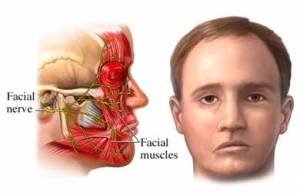 FirstCare Medical Center treats several Lyme disease sufferers daily. Lyme disease is a tick borne illness prevalent in the northeast and present, to at least some extent, in most or all states. Symptom presentation (type, timing, and severity) varies widely among patients, which is one of many complicating factors in diagnosis.
FirstCare Medical Center treats several Lyme disease sufferers daily. Lyme disease is a tick borne illness prevalent in the northeast and present, to at least some extent, in most or all states. Symptom presentation (type, timing, and severity) varies widely among patients, which is one of many complicating factors in diagnosis.
A circular or “bulls-eye” rash (erythema migrans) is a lyme disease symptom that is fairly widely known, but the rash is not always in a visible location and can be missed by doctors and patients alike, and does not occur in all patients. Fewer than half of infected patients likely experience a rash, though estimates range from 27 to 80%.
A far more obvious symptom of Lyme disease for some patients is a partial facial paralysis (usually temporary) called Bell’s palsy. This condition is not always caused by Lyme disease, but can be a very strong indication of the disease.
As with Lyme disease itself, Bell’s palsy brings many complicated symptoms beyond the visible ones.
Visible symptoms include:
Facial droop on one side of the face, similar in appearance to a stroke
Occasional drooling on the paralyzed side of the face
Varying degrees of uncontrollable tearing of the affected eye
Inability to form ‘normal’ facial expressions during recovery
Inability to close affected eye (often requiring the eye to be taped shut for protection)
Common symptoms that are not visible include:
Extreme sensitivity to light, sound, and smell
Extreme, debilitating fatigue
Extreme or varying levels of muscle pain, especially in the neck and face
Emotional distress due to the fear of not recovering facial movement and the mixed responses from people encountered during everyday life
Both Lyme disease and Bell’s palsy patients (Lyme disease related or otherwise) benefit from early detection and treatment, which gives them the best chances of a full recovery.
Reference:
Johnson, Lorraine, JD, MBA. “How many of those with Lyme disease have the rash? Estimates range from 27-80%”. LYMEPOLICYWONK. Lymedisease.org, April 2014. Web. 21 July 2014.
